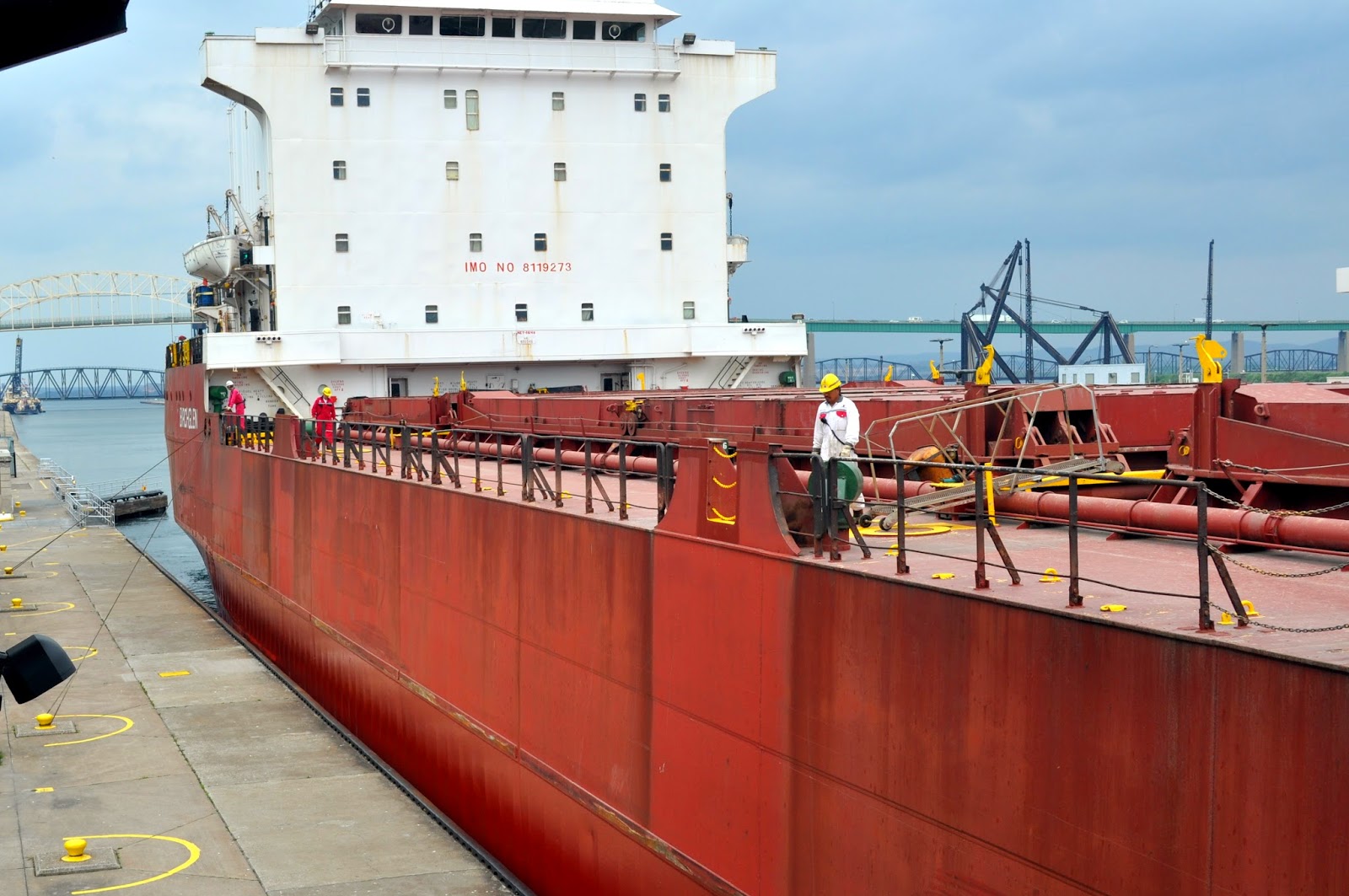Eleven thousand years ago, aboriginal natives saw this island with its high bluffs, thought it looked like a large reptile and called it mis-la-mack-in-naw, which meant Big Turtle. They traveled to fish on the island and buried their dead in the island's caves. The white man first saw the island in 1634 and by 1671 Jesuit Jacques Marquette was preaching to the Indians, and fur trading quickly followed. The British acquired the island by treaty after the French and Indian war. By 1780, the British had erected Fort Mackinac. Following the American Revolution, the Americans obtained the fort by treaty in 1796. Problems with the British sparked the war of 1812, which was fought in three theaters, one being Fort Mackinac. The British came by surprise to the north end of Mackinac Island and forced the Americans to surrender Fort Mackinac in the first engagement of that conflict. In 1814, the Americans attempted unsuccessfully to regain control of Fort Mackinac. Then, through treaty once again (following the war of 1812), America would occupy, for the last time, Fort Mackinac in July of 1815. Fort Mackinac would remain an active American Fort until 1875, when it was designated as Americas second National Park. Congress closed the fort and this National park in 1895 and turn it over to the state of Michigan. Michigan then created their first state park originating from this fort. Mackinac State Park today, encompasses 74 % of the total area of Mackinac Island. Mackinac has a large tourist industry and less than 500 year round residents.
On our trip over to the Island we were treated to a trip under the Mackinac Bridge. The suspension portion of this bridge, spanning 8614 feet , is the fifth longest suspension bridge in the world. The entire bridge is 26,372 feet. The deck of this bridge can sway as much as 35 feet (in the middle) in high winds which is why the deck is built from steel grates in order to allow wind passage, relieving some of the wind induced sway. Traveling over this deck with our fifth wheel (looking down through the grates) was a little ominous. Traveling under the deck, on the ferry to the island, was not near as bad.
One of the most unique things about Mackinac island is that no motor vehicles are allowed. People are shuffled about the island via horse drawn carriages or they either walk or ride a bicycle. There are horse drawn carriages everywhere, some with people, some with luggage, others with island supplies. In town, there is actually a lot of traffic, even if it is horse drawn traffic.
The island is also home to the Grand hotel. The Grand Hotel which opened in 1887, has a rich history, including being the movie set for the movie 'Somewhere in Time', and being a vacation spot for various US presidents as well as other well know people though out the years. More on the hotel's rich history can be found at: The Grand Hotel
Round Island Light house, seen from the island, began operation in 1896. She stayed in operation until shortly after Round Island Passage lighthouse was brought into operation in 1948.
As one walks around Mackinac island, there is a certain charm to all of the horse drawn carriages attending to the hustle and bustle of daily town life. We made our way through the carriage filled town, stopping first at Fort Mackinac. Fort Mackinac was like no other fort that we have visited to date. This fort had its own small city. There was a small school building, an infirmary building, a bar/club as well as the normal barracks, commissary and officer quarters. While there we saw the rifle demonstration, with the firing of original Springfield Model 1873 rifles.
Next we were on our bikes to do the 8 mile trip around the island. It was a beautiful day with beautiful views of the waters as we rode along the coastline. We got to the bottom of Arch rock and climbed the stairs (15 stories up) to the top of the Arch. When reaching the top, how sweet it was to see, the marriage proposal of someone. Someone had made a very large heart in the lake waters with stone and had written, also using stones, Alex will you marry me. Sweet, and it could only be discerned when at the top of the Arch. As we continued our ride around the island we enjoyed seeing all the cairns (manmade stacks of stones). While cairns are normally used for navigational purposes (to mark trails) here we are told that people who ride this trail stop not to build an entire cairn themselves, but to add one rock to an existing cairn to maintain the cairns as winds and storms erode them.
After our ride around the island, we stopped to have a nice lunch in the old style town before boarding the ferry to return to the mainland. Our visit to the island, especially with our bikes, made for a very lovely day.
On the mainland side we also visited 2 more light houses- Old Mackinac Point Old Mackinac Point LH and also Mc Gulpin Point Mc Gulpin LH lighthouses.
Approaching the Mackinac bridge by ship The view from under the Mackinac bridge The Grand Hotel Round Island Lighthouse View of Mackinac island taken from Fort Mackinac Rifle Demonstration at Fort Mackinac Fort Mackinac Barracks Officer Stone Quarters Arch Rock taken topside Arch Rock taken bottom side Shoreline view from bike ride Shoreline Cairns Old Mackinac Lighthouse Mc Gulpin Point Lighthouse |



















































